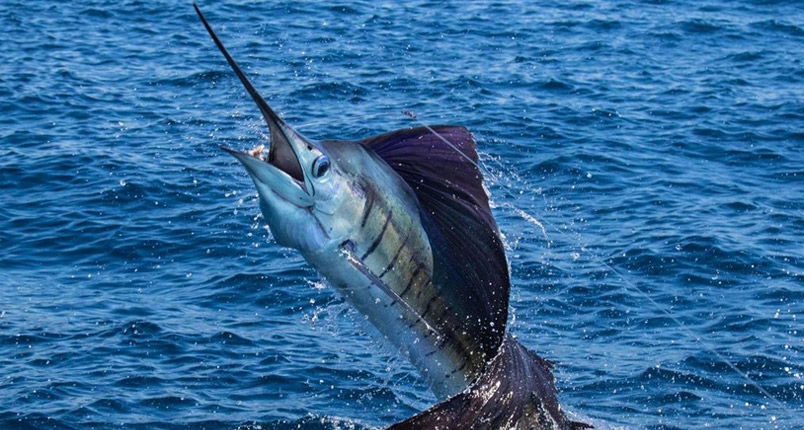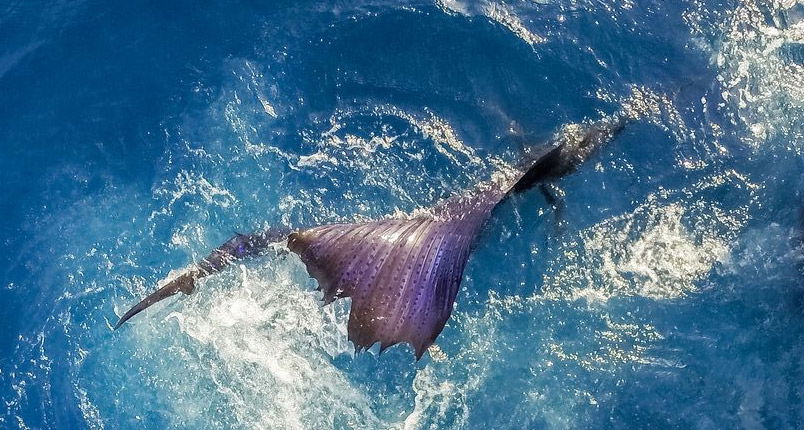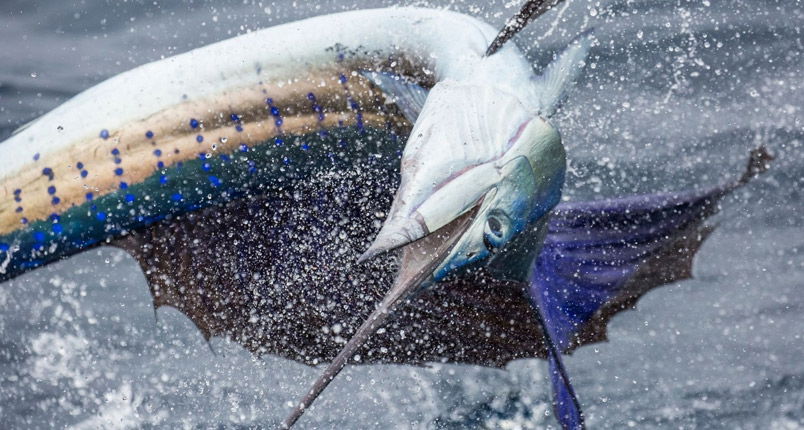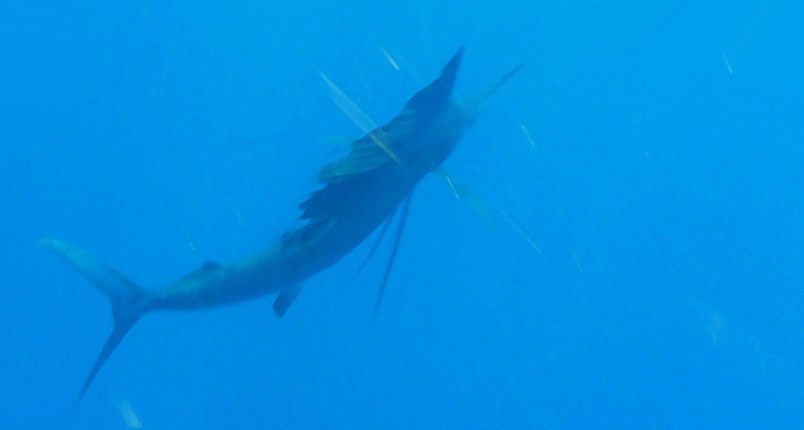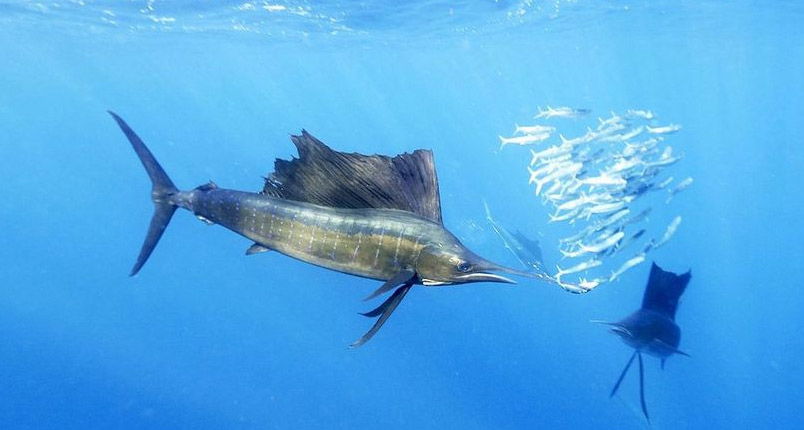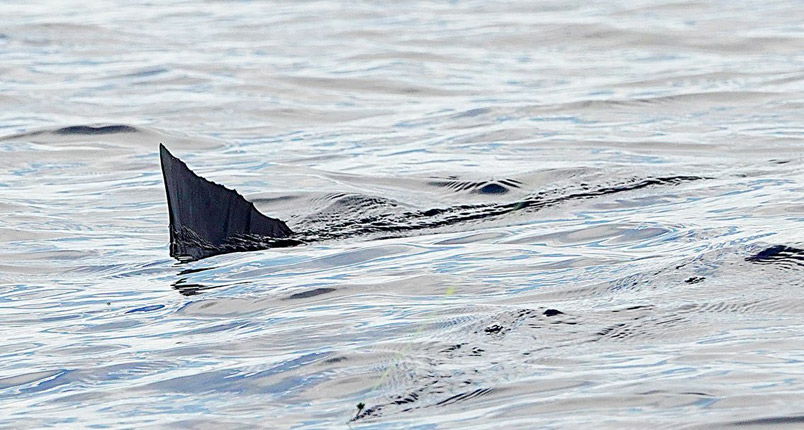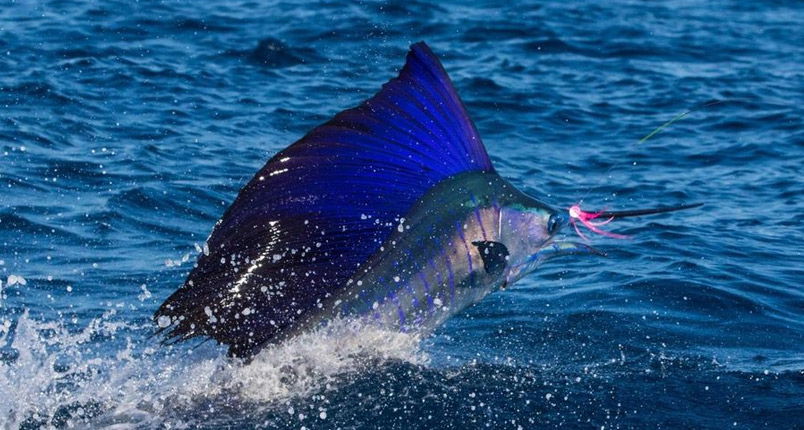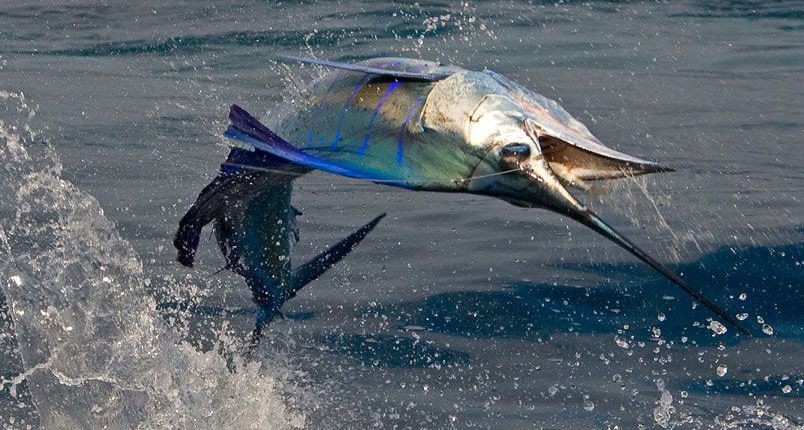While sailfish can reach substantial lengths, they are thinner in comparison other billfish. The maximum estimated size for a sailfish is 3.4 m (11 ft), but no more than 110 kg (220 lb). The largest sailfish caught was just over 90.7 kg (200 lb), but most sailfish caught by anglers are much smaller than this, roughly 13 to 27 kg (28.6-60 lb). They are extremely streamlined, built to fly like an arrow through the water. On average, Indo-Pacific sailfish tend to grow larger than Atlantic sailfish, but not by extreme amounts.
